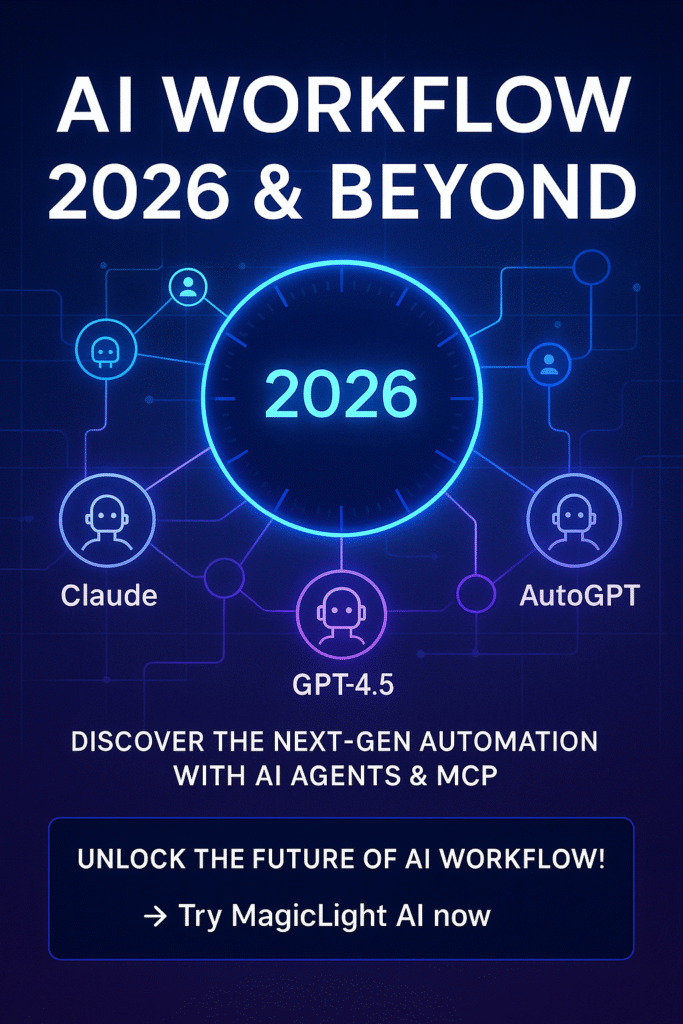AI Agents in Journalism: Speed vs Accuracy in the Age of Automated Newsrooms
The world of journalism is undergoing a seismic shift. With the rise of AI agents, newsrooms are evolving from manual, human-powered operations to automated, intelligent ecosystems. The promise? Unmatched speed in delivering real-time news. The risk? Potential compromises in accuracy and trust.
As we move into 2026, the core question for journalists and media organizations is no longer “Should we use AI?” but “How can we balance speed with truth?”
The Rise of AI Agents in the Modern Newsroom
What are AI Agents, and how are they transforming journalism?
AI Agents are autonomous software entities capable of performing tasks independently—such as data scraping, news writing, summarization, and even editorial decision-making. In journalism, they’ve become digital coworkers, helping to:
-
Automate breaking news alerts
-
Summarize complex reports into reader-friendly content
-
Generate headlines optimized for engagement
-
Monitor social media and trends in real-time
Far from replacing journalists, AI agents are being deployed to augment human capability and accelerate production.
Real-world examples of AI in journalism
-
The Washington Post uses an AI agent called Heliograf to cover local sports and elections.
-
Reuters has tested AI to report on financial data and earnings.
-
South Korean media outlets are employing GPT-based systems to write drafts for editors.
AI-Powered Workflows: The Digital Backbone of Journalism
Why workflows matter more than ever
Every news story follows a complex workflow—from research, fact-checking, and writing to editing, SEO, publishing, and social distribution. Traditional workflows are time-intensive and manual.
With AI-integrated workflows, newsrooms can:
-
Cut production time from hours to minutes
-
Ensure consistency across platforms
-
Integrate AI for real-time corrections and updates
What does an AI-powered journalism workflow look like?
Here’s a sample AI-driven editorial process:
-
Claude AI scans news wires and summarizes key stories.
-
GPT-4.5 drafts a full article based on tone, audience, and region.
-
AutoGPT checks grammar, optimizes headlines, and suggests SEO tags.
-
A human editor reviews and publishes the piece.
This flow ensures that human insight remains at the core, while AI handles speed and structure.
The MCP Framework – Multi-Agent Collaboration in News Production
What is MCP and why is it crucial?
MCP (Multi-agent Collaborative Process) is an architectural model where multiple AI agents coordinate across different tasks in a shared workflow. In journalism, MCP ensures:
-
Seamless collaboration between AI tools (summarization, writing, editing, distribution)
-
Greater modularity, so each part of the process can be scaled or upgraded independently
-
Clear oversight, ensuring every AI action is logged, reviewed, and improvable
Benefits of MCP in the media industry
-
Efficiency: Multiple AI agents can handle different parts of the story simultaneously
-
Quality Control: Each agent can act as a check on another—reducing errors
-
Scalability: Newsrooms can handle high volumes of content without increasing headcount
Speed vs Accuracy – A Critical Trade-Off in AI Journalism
The Speed Advantage
AI can analyze, write, and publish content in seconds. For example:
-
Earthquake? An AI agent can publish location, magnitude, and early damage estimates before human reporters are on-site.
-
Stock Market movement? A financial bot can deliver updates as the data changes, tick by tick.
In a competitive media environment, being first is often key to traffic and relevance.
The Accuracy Risk
However, speed comes at a cost:
-
AI might misinterpret sarcasm, irony, or nuance
-
It could cite unverified sources or repeat misinformation
-
If unchecked, AI can amplify biases or spread falsehoods rapidly
Striking the Balance
The goal isn’t choosing between speed and accuracy—it’s having systems that deliver both. That’s where tool integration and editorial oversight become essential.
Key AI Tools Shaping the Future of Journalism
Claude AI – Precision Summarization & Ethical Awareness
Built with a safety-first approach, Claude AI excels at:
-
Summarizing complex documents (legal, political, financial)
-
Flagging potentially biased or unethical content
-
Providing clean, human-readable summaries for busy editors
It’s ideal for newsrooms that prioritize accuracy and transparency.
GPT-4.5 – Hyper-Adaptive Writing & Contextual Flow
OpenAI’s GPT-4.5 is not just a language model—it’s a context-sensitive writer that:
-
Mimics editorial tone and voice
-
Adds context to news without hallucination
-
Can operate within workflows (via tools like LangChain or AutoGen)
Perfect for long-form journalism, opinion pieces, or multilingual output.
AutoGPT – Autonomous News Execution Engine
AutoGPT can:
-
Take a news brief and break it into tasks
-
Execute writing, editing, fact-checking loops autonomously
-
Notify human editors only at final review stage
It’s ideal for breaking news scenarios, where automation is key to speed and reach.
Opportunities & Challenges in AI-Driven Journalism
New Opportunities
-
Hyper-local reporting: AI agents can report on neighborhood-level stories at scale
-
Cost efficiency: Small media startups can compete with large outlets
-
Content personalization: Readers receive stories tailored to interests and reading habits
Persistent Challenges
-
Maintaining trust: Readers must know when content is AI-generated and that it’s verified
-
Ethical AI use: Ensuring systems don’t perpetuate harmful narratives or political bias
-
Job displacement: Redefining roles for human journalists in AI-powered newsrooms
Preparing for the AI-Powered Future of Journalism
To embrace AI responsibly, media leaders should:
-
Educate teams on AI workflows and editorial control
-
Invest in hybrid systems that include both human and AI agents
-
Continuously audit AI-generated content for bias, error, and misinformation
Start Building Your AI-Powered Newsroom Today
🚀 Whether you’re a solo journalist, an editor-in-chief, or a media tech startup, it’s time to explore the tools shaping the next generation of newsrooms.
🔍 Discover AI agents that write, edit, summarize, and optimize—all under your control.
👉 Get started now:
https://magiclight.ai/official-website?code=l9nbbe87y
✅ Access Claude AI, GPT-4.5, and AutoGPT in one platform
✅ Designed for both individuals and enterprise teams
✅ No technical skills required—just editorial vision
Conclusion: Speed, Accuracy, and the Human Touch
The future of journalism isn’t about choosing between speed and accuracy. It’s about building collaborative systems where AI handles the heavy lifting, and humans bring ethics, nuance, and insight.
AI agents, when orchestrated through intelligent workflows and guided by frameworks like MCP, can produce journalism that’s faster, smarter, and more accessible than ever before.
But at the core of every newsroom—whether human or AI-driven—remains one principle: truth matters.
Are you ready to transform your newsroom?


